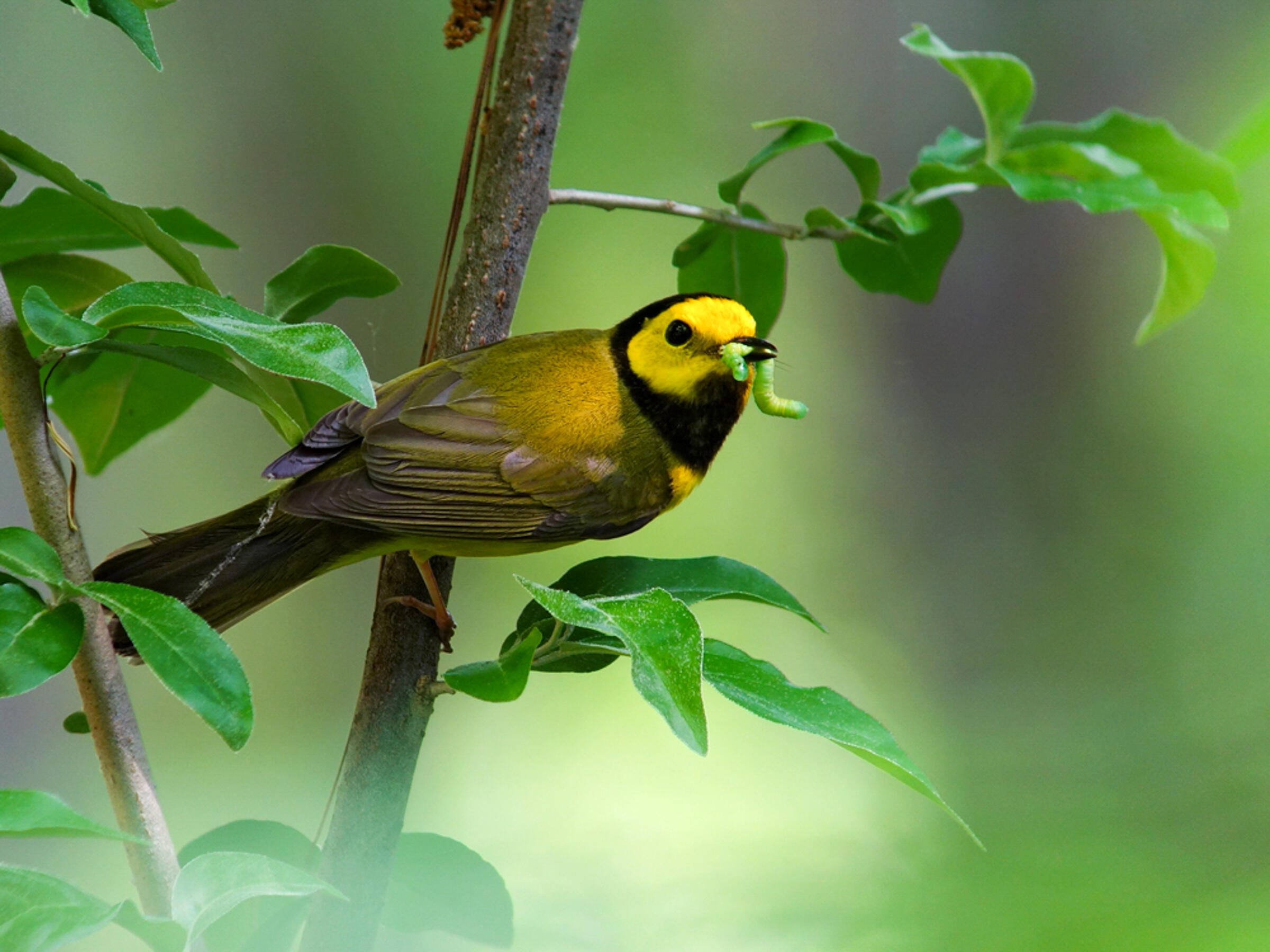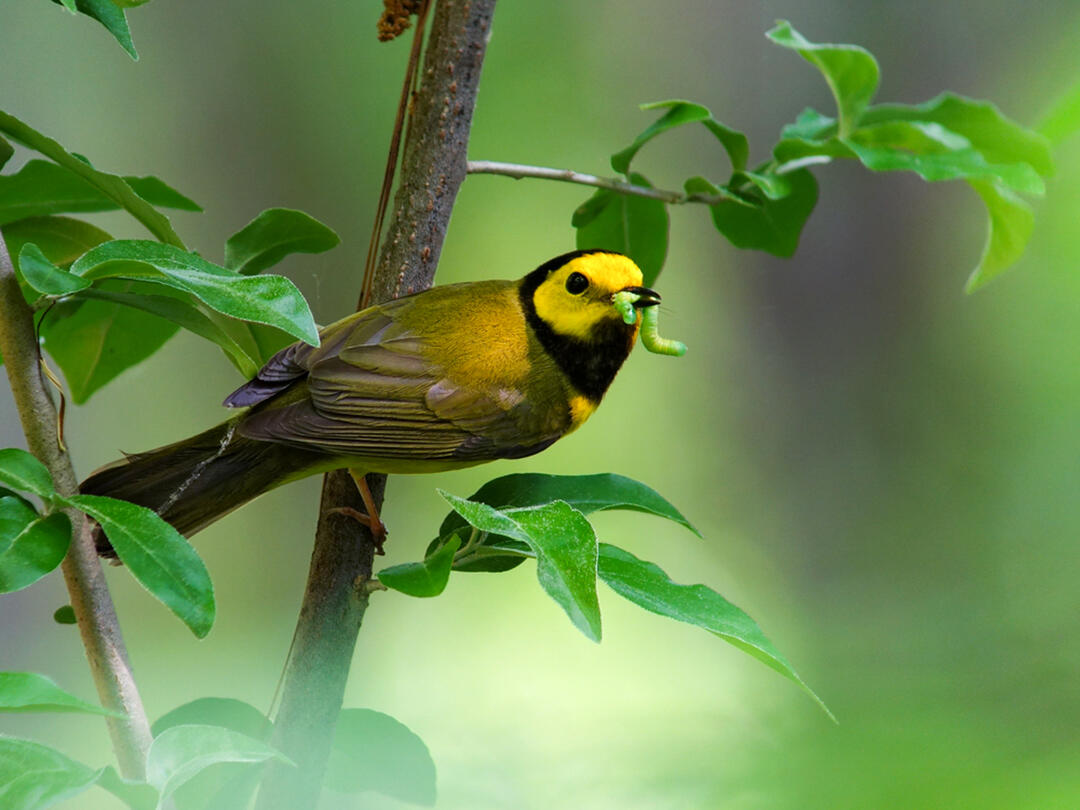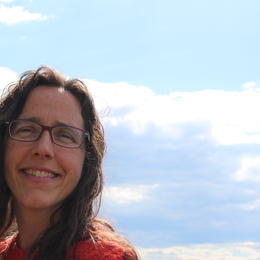Now is the perfect time to be thinking about creating climate-resilient habitat for birds.
"Local birds and your backyard landscaping are closely connected: Birds help your yard by controlling insect populations and pollinating plants, and, in turn, it provides them with their favorite foods, water, and a safe environment that supports the health of their populations." - Blythe Copeland, Martha Stewart.com
Read the full article online at Martha Stewart.com.
Native plants provide food, shelter, and nesting sites for birds.
Consider foods that last through the winter: seed-bearing native trees such as birches, evergreens, and maples.
Many birds love fruit. There are so many wonderful options for native shrubs and small trees. Flocks of the birds will come in to feast on the bounty when the fruit is ripe. Serviceberry, dogwood, winterberry, and viburnums top the list.
Making the caterpillar connection is key to attracting nesting birds to your garden. Chickadees, as well as most other songbirds, feed thousands of caterpillars every day to their nestlings – it’s a soft, squishy source of protein. Native trees and shrubs such as oaks, birches, native cherries, blueberries, and dogwoods are excellent host plants for caterpillars.
Think ahead to springtime and aerial insectivores - they catch insects out of the air. Early-blooming native plants are essential for attracting the pollinators upon which birds feed. Native shrub willows, maple trees, and speckled alder are excellent choices.
For more advice from Audubon experts across the network read the full article online at Martha Stewart.com.






